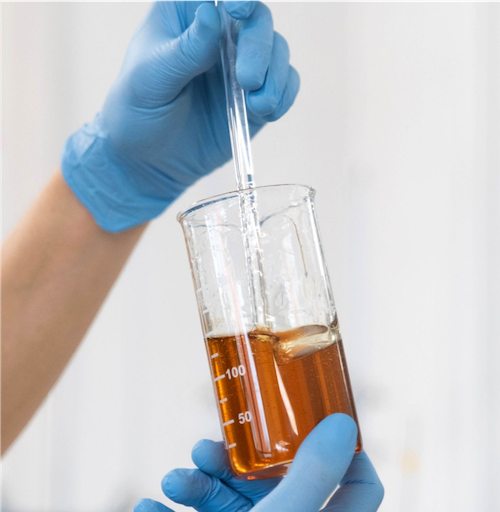With the aim of enhancing quality and in response to the growing concern regarding issues derived from the use of chrome in tanning processes, Quimser has decided to incorporate antioxidants into its entire range of SEROIL fatliquors.
This initiative is a requirement of the Leather Working Group (LWG), which advises and positively values the use of oils with antioxidants, even in those oils considered non-oxidants and non-reactive.
Seroil fatliquors for leather tanning
This offers advantages that contribute to the quality and effectiveness of the tanning process:
- Oxidation prevention: Antioxidants effectively inhibit the oxidation process, which can lead to the deterioration of the fatliquors.
- Preservation of appearance: Oxidation can cause colour changes, odours, and overall degradation of the fatliquors. The addition of antioxidants helps maintain the original colour, aroma, and visual appeal of the oils.
- Reduced risk of Cr+6 formation: Cr+6 is a potentially harmful compound that can form during the tanning process. Antioxidants play a crucial role in preventing the oxidation of chromium compounds.
- Improved product performance: Antioxidants help maintain the integrity of the chemical composition of the fatliquors. This ensures they continue to function optimally in terms of their softening, lubricating, and hydrating properties.
- Extended lifespan: Antioxidants prolong the lifespan of the oils by inhibiting degradation that can occur over time due to exposure to air, light, and other environmental factors.
- Cost savings: Fatliquors with a longer lifespan require less product to achieve results.
- Environmental and regulatory compliance: Preventing the formation of harmful compounds like Cr+6 aligns with environmental regulations and safety standards.
The use of antioxidants in the oils demonstrates a commitment to responsible manufacturing practices and the reduction of potentially hazardous by-products. It’s important to note that the antioxidants used, and their percentages prevent the oxidation of Cr3+ to Cr+6 in our greasing products, but not potential reactions from other products.
If you have any doubt, get in touch with us
